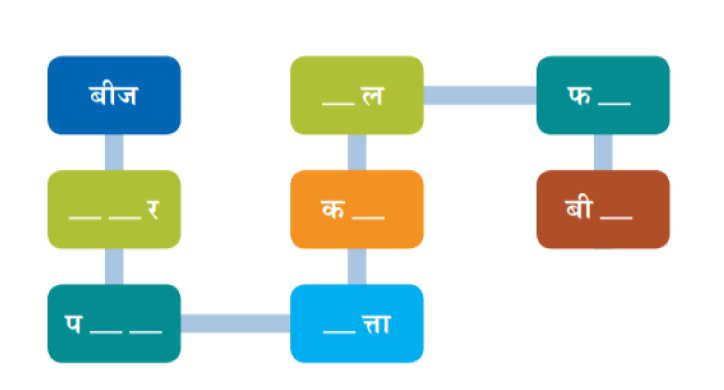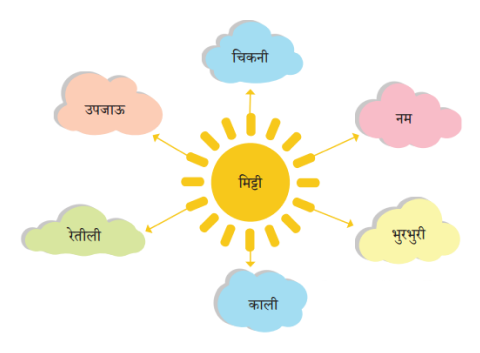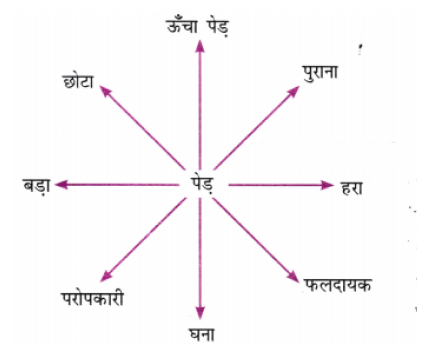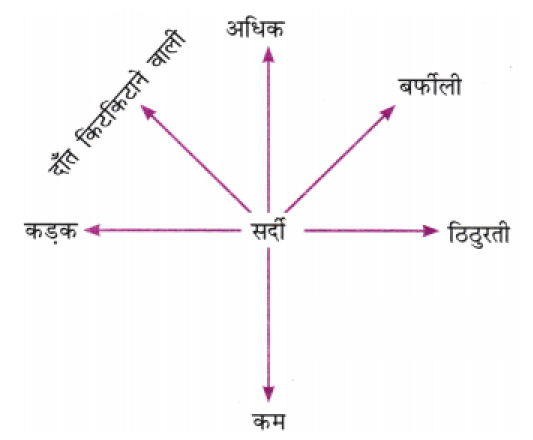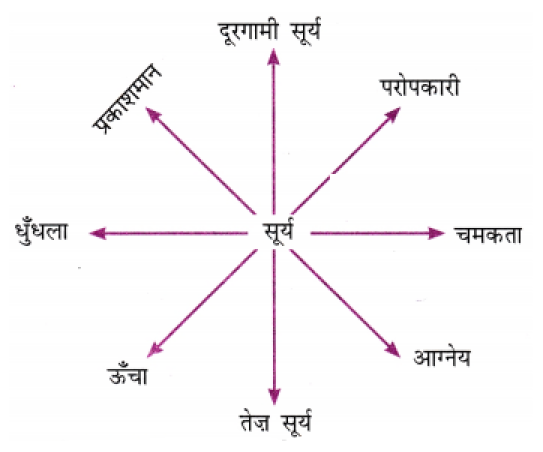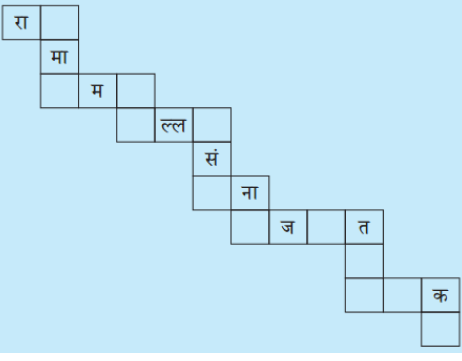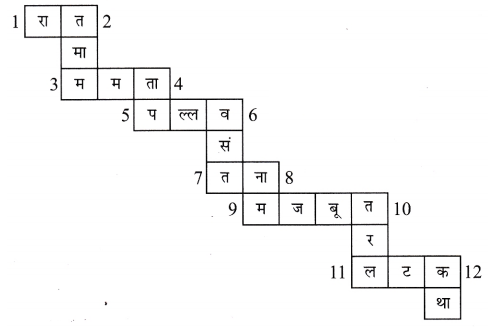How Can You Find Class 6 Hindi Ped Ki Baat Question Answer For Better Exam Preparation
FAQs on NCERT Solutions for Class 6 Hindi Chapter 13 Ped Ki Baat
1. What are the main NCERT Solutions for Class 6 Hindi Chapter 13 पेड़ की बात as per the 2025-26 CBSE pattern?
The main NCERT Solutions for Class 6 Hindi Chapter 13 focus on seed germination, roles of plant parts, importance of water and sunlight, and the life cycle of a tree, offering stepwise answers that match the CBSE 2025-26 curriculum.
2. How does the seed germination process work in NCERT Class 6 Hindi Chapter 13?
Seed germination begins when a seed gets proper soil, water, and temperature. Roots emerge first to absorb water and nutrients, followed by the shoot growing upwards toward sunlight—this marks the start of the plant's life, as described in the chapter's NCERT Solutions.
3. What two main parts of a seedling are emphasized in NCERT Solutions for Class 6 Hindi Chapter 13?
The two main parts are the root (anchors and absorbs nutrients) and the stem (supports the plant and transports food and water). These are essential for the seedling's initial survival and growth.
4. According to NCERT Solutions for Class 6 Hindi Chapter 13, how do plants adjust their direction of growth?
Plants display geotropism and phototropism; their roots grow downward (toward gravity), and stems grow upward (toward light), regardless of how they're placed. This is explained with practical examples in the CBSE NCERT Solutions.
5. What is the role of roots as per the NCERT Solutions for Class 6 Hindi Chapter 13?
Roots anchor the plant firmly in soil and absorb water and nutrients essential for growth and development. NCERT Solutions stress how vital healthy roots are to a plant's overall well-being and longevity.
6. Why is water considered crucial for plants in NCERT Class 6 Hindi Chapter 13 Solutions?
Water is vital because it dissolves soil nutrients for absorption by roots, supports photosynthesis, and enables all physiological processes necessary for plant growth, as highlighted in the NCERT Solutions for this chapter.
7. What happens if a plant does not get enough water, based on CBSE 2025-26 NCERT Solutions for Class 6 Hindi Ch 13?
If a plant lacks sufficient water, absorption of nutrients is hindered, causing stunted or halted growth, wilting, and potentially the plant’s death, as detailed in the stepwise NCERT Solutions.
8. How does a microscope aid in studying plants according to NCERT Solutions Class 6 Hindi Chapter 13 पेड़ की बात?
A microscope allows detailed viewing of plant cells, leaf structures, and roots, helping students observe cell patterns, tissue formations, and plant development processes as discussed in the NCERT Solutions.
9. Which factors affect the germination and growth of a seed as mentioned in NCERT Solutions for Class 6 Hindi ch 13?
Germination and growth are influenced by soil quality, water availability, sunlight, temperature, and the presence of carbon dioxide, all of which are addressed in the official NCERT Solutions.
10. What is the importance of sunlight in the plant’s life cycle according to NCERT Solutions for Class 6 Hindi Chapter 13?
Sunlight is crucial for photosynthesis and energy production. The NCERT Solutions explain that without sunlight, plants can’t manufacture food, making it essential for survival and growth.
11. How do plants help in purifying air, as explained in Class 6 Hindi NCERT Solutions for Chapter 13?
Plants absorb carbon dioxide during photosynthesis and release oxygen, thereby purifying air and maintaining ecological balance, as described in the CBSE NCERT Solutions.
12. What practical experiment is suggested in the NCERT Solutions for Class 6 Hindi Chapter 13 to understand plant growth?
The NCERT Solutions suggest planting beans or gram seeds in moist soil, observing daily changes in length, leaf emergence, and direction of growth to practically understand germination and plant development.
13. What did Class 6 Hindi Chapter 13’s author convey about the emotional bond between humans and plants in NCERT Solutions?
Through poetic narrative, the chapter’s author highlights empathy, the mutual relationship, and gratitude between humans and plants—emphasizing trees’ silent service and resilience, as summarized in NCERT Solutions.
14. How do plants and animals collaborate in nature, according to NCERT Solutions for Class 6 Hindi Ch 13?
Plants and animals interact in cycles—plants produce oxygen for animals, and animals produce carbon dioxide used by plants. Pollinating insects and birds also help plants reproduce, as outlined in NCERT Solutions.
15. What are typical real-life applications of knowledge gained from Class 6 Hindi Chapter 13 NCERT Solutions?
Students can apply the chapter’s learning through growing plants, optimizing home gardening, caring for trees, and understanding ecosystem roles, thereby fostering environmental responsibility as intended in NCERT Solutions.























